

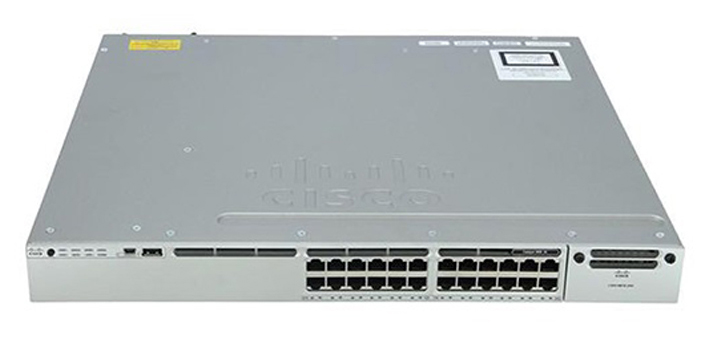


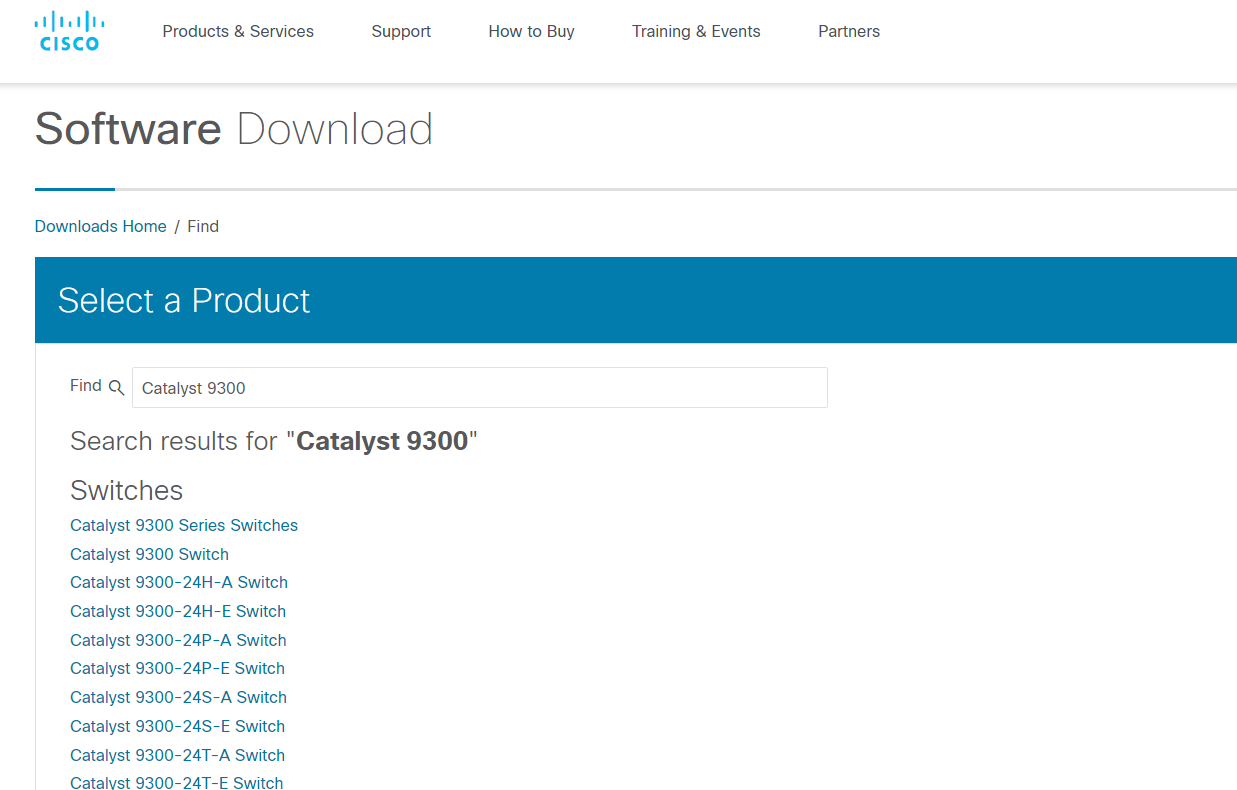
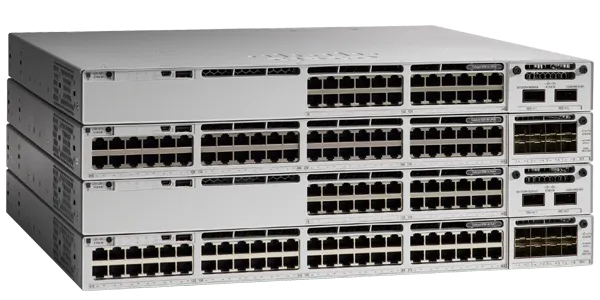
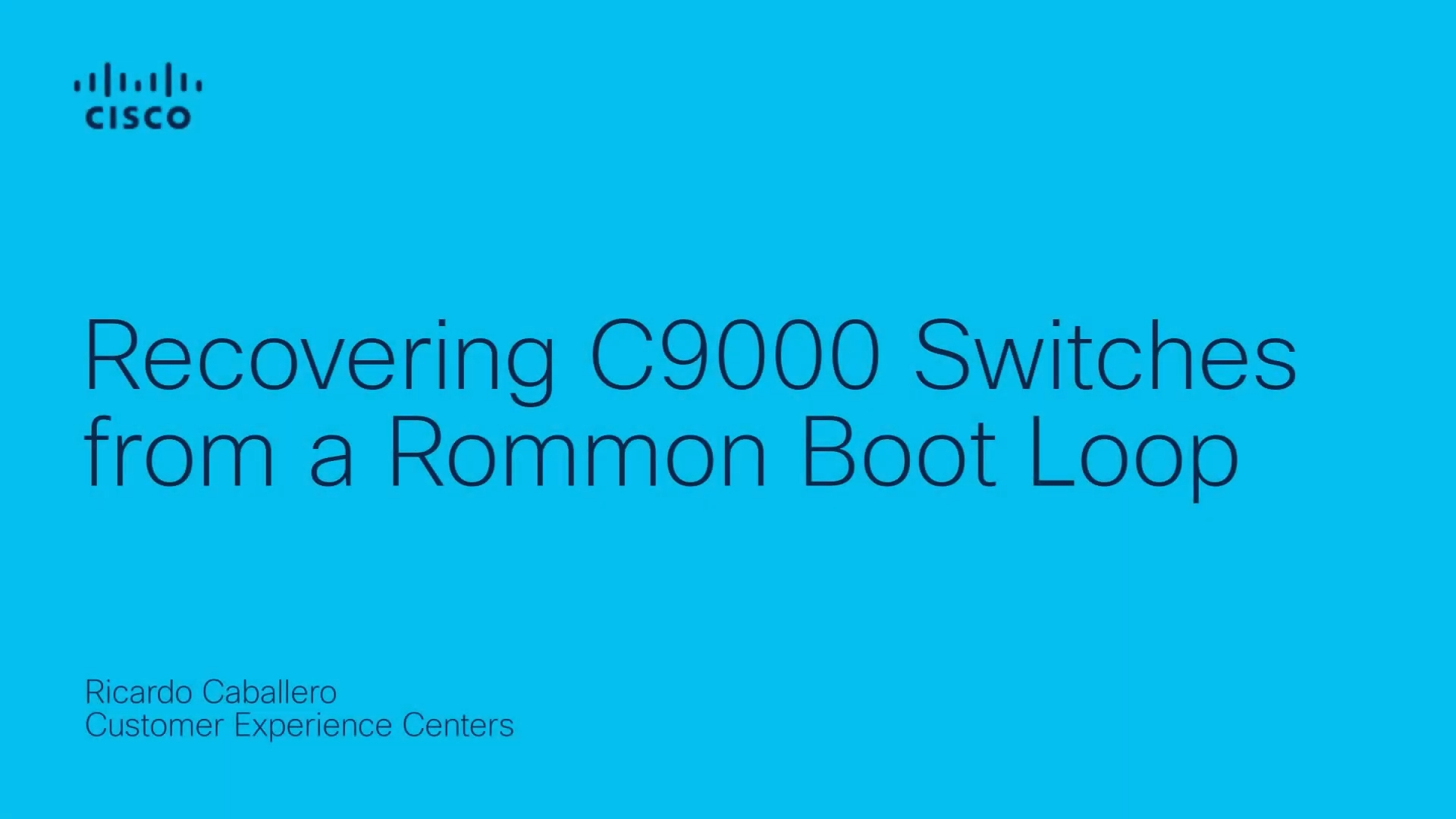

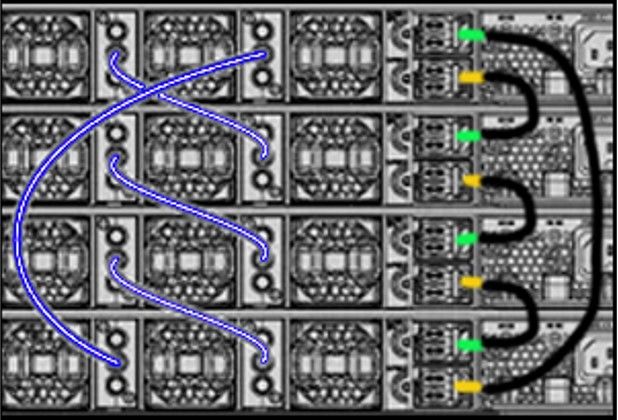

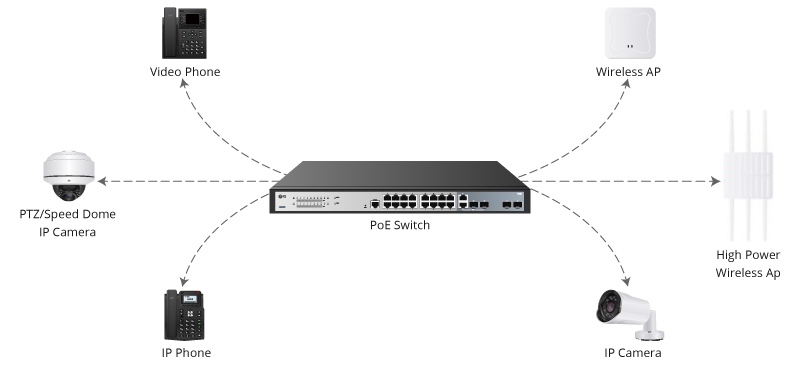

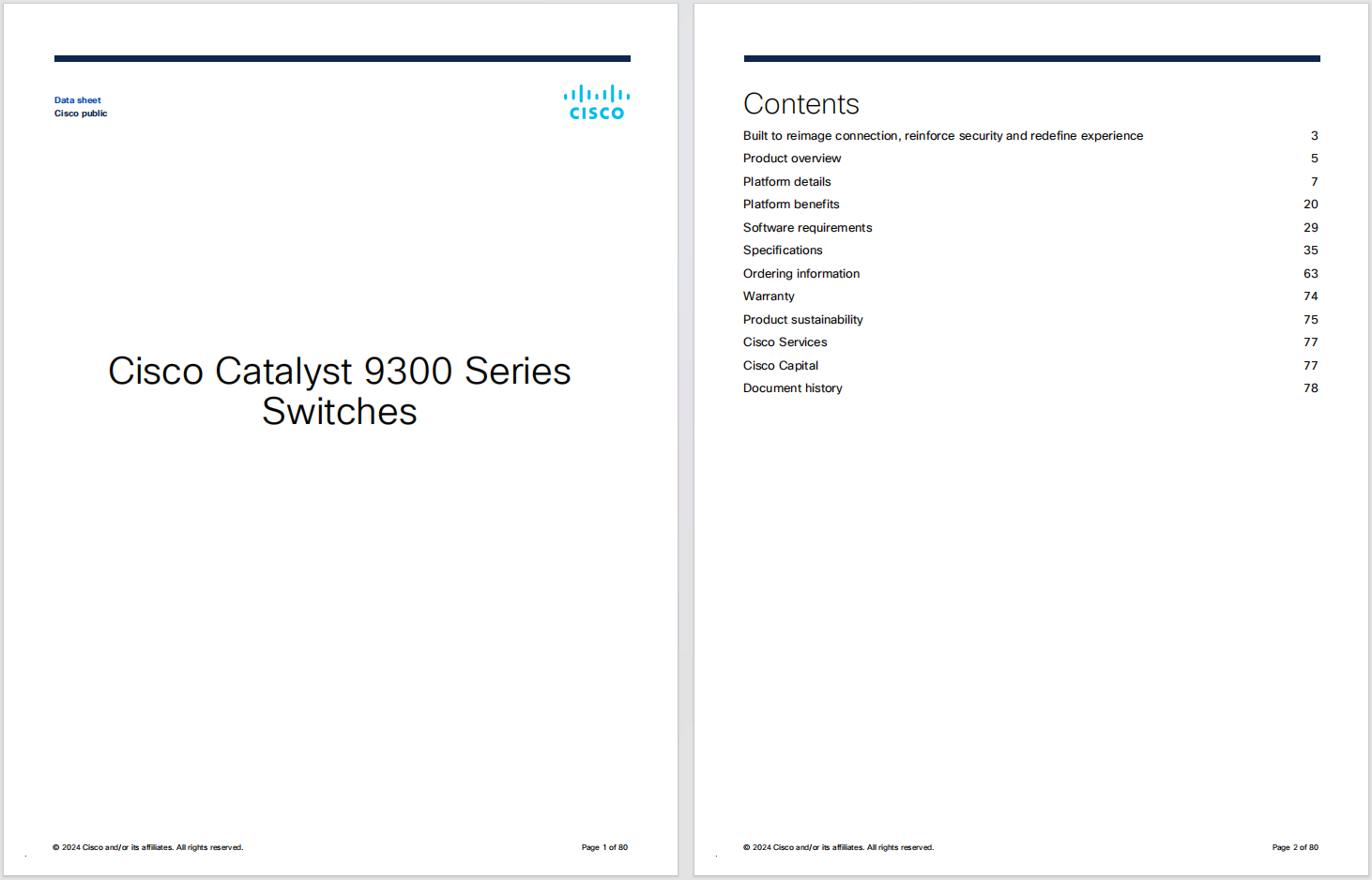



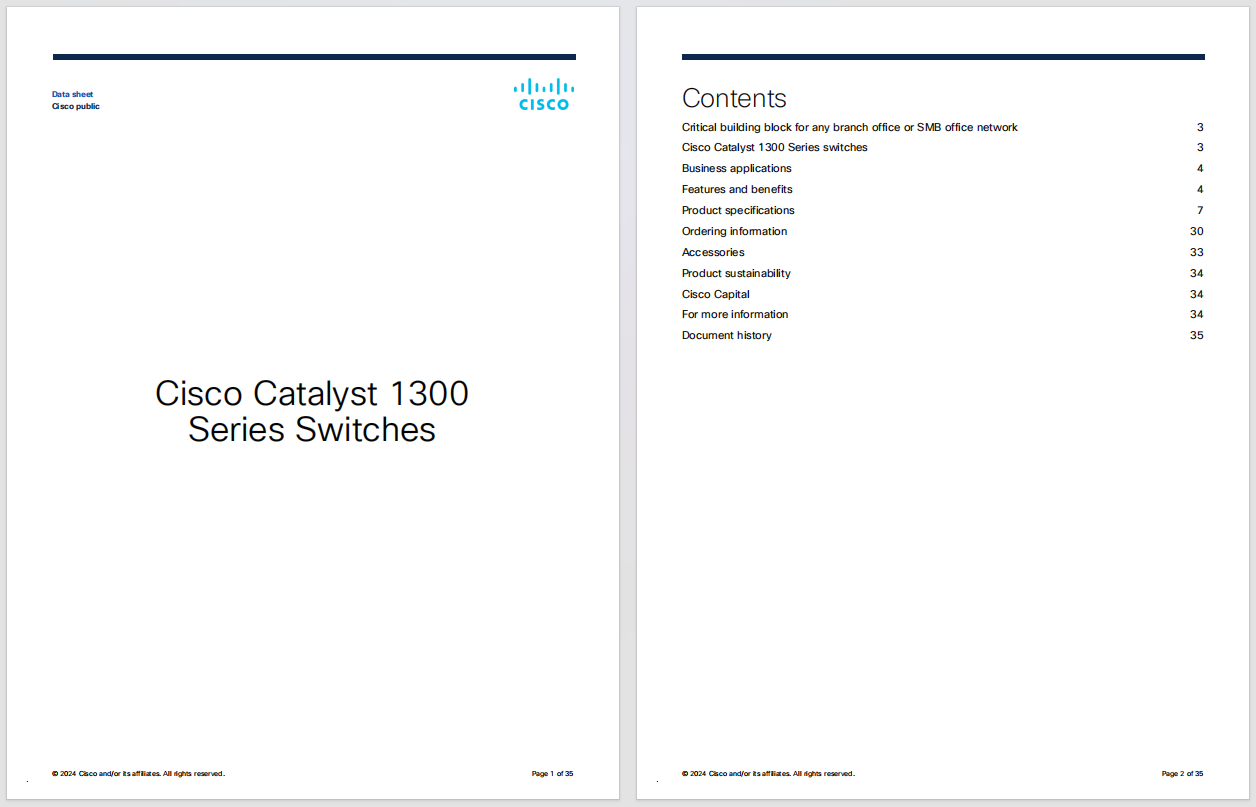
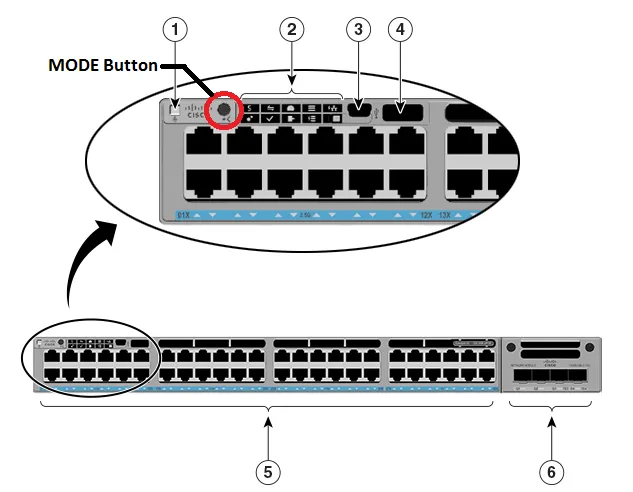
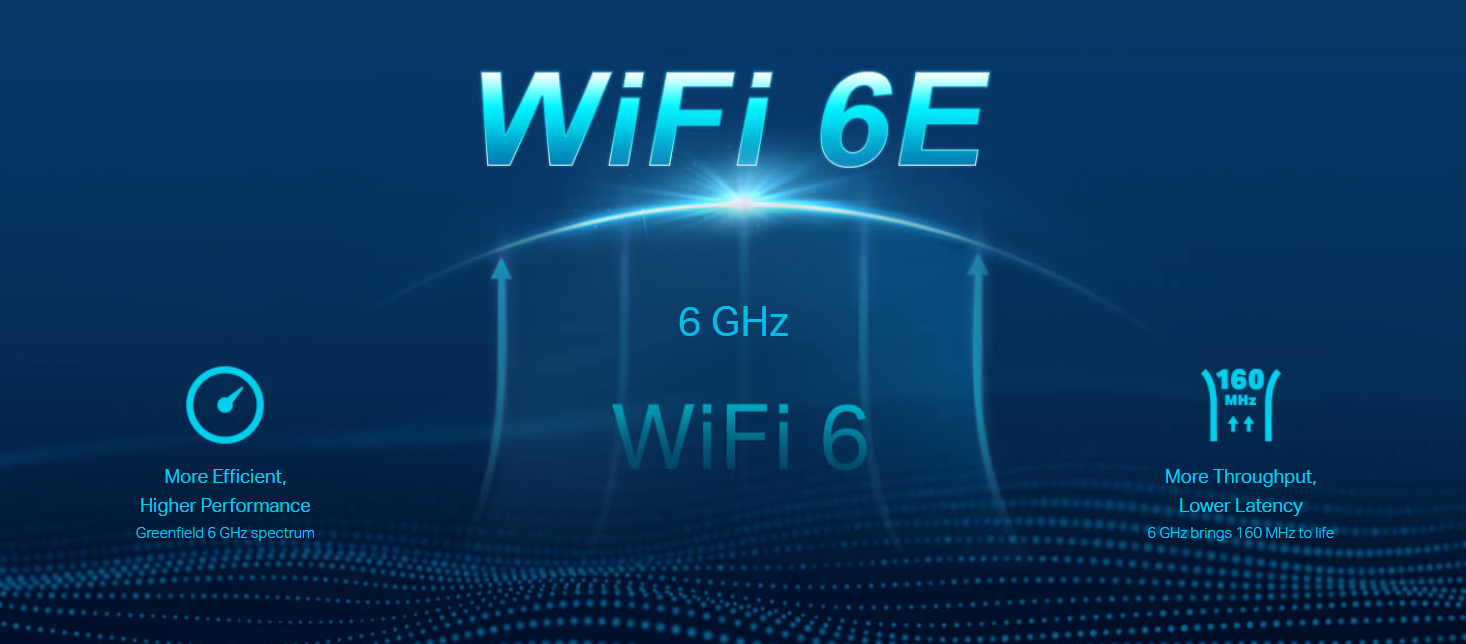

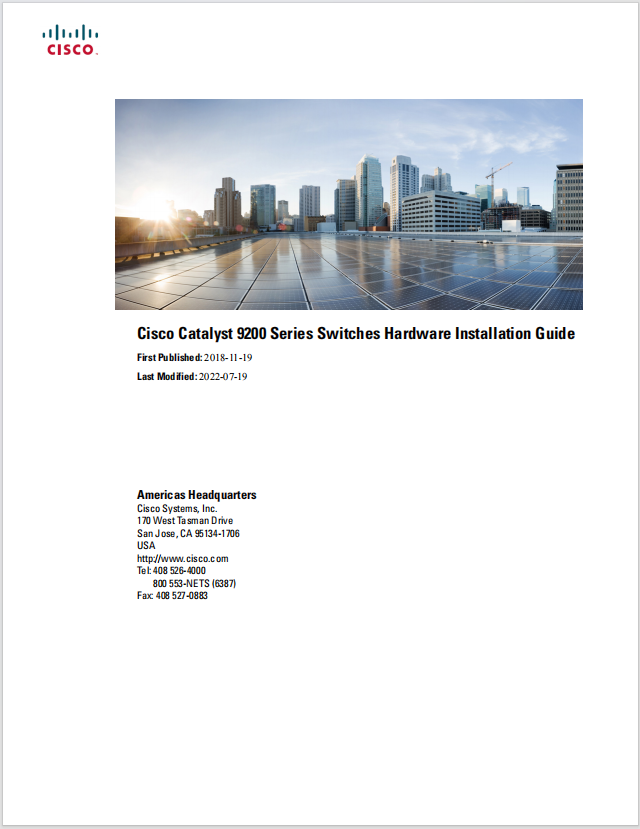

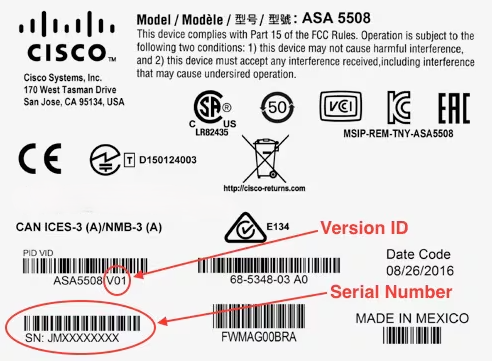
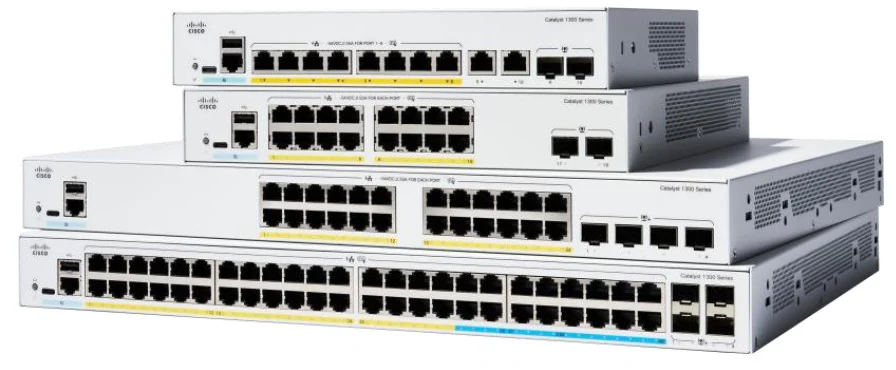



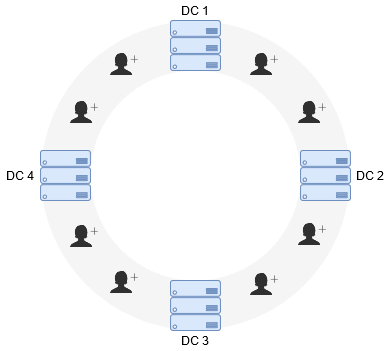

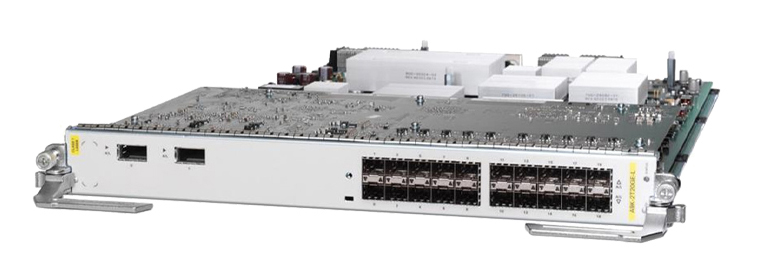

First-generation Layer-2 Ethernet networks could not natively detect or mitigate looped topologies, while modern Layer-2 Overlays implicitly build loop-free topologies. Overlays do not have any need for loop detection and mitigation as long as no first-gen Layer-2 network is attached, which is common in complex data center networks. When loops occur, data frames can exist indefinitely, disrupting network stability and degrading performance. Loops introduce broadcast radiation, increasing utilization of CPU and network bandwidth, which results in a degradation of user application access experience. In multi-site networks a loop can span multiple data centers, causing disruptions that are difficult to pinpoint. In other words, loops are bad news. Before we look at how a modern network fabric minimizes looping, let
 Etiquetas calientes:
Loop Mitigation
Loop Prevention
loop-free topology
Protocolo de árbol de expansión (STP)
VXLAN EVPN Southbound Loop Detection and Mitigation
Etiquetas calientes:
Loop Mitigation
Loop Prevention
loop-free topology
Protocolo de árbol de expansión (STP)
VXLAN EVPN Southbound Loop Detection and Mitigation